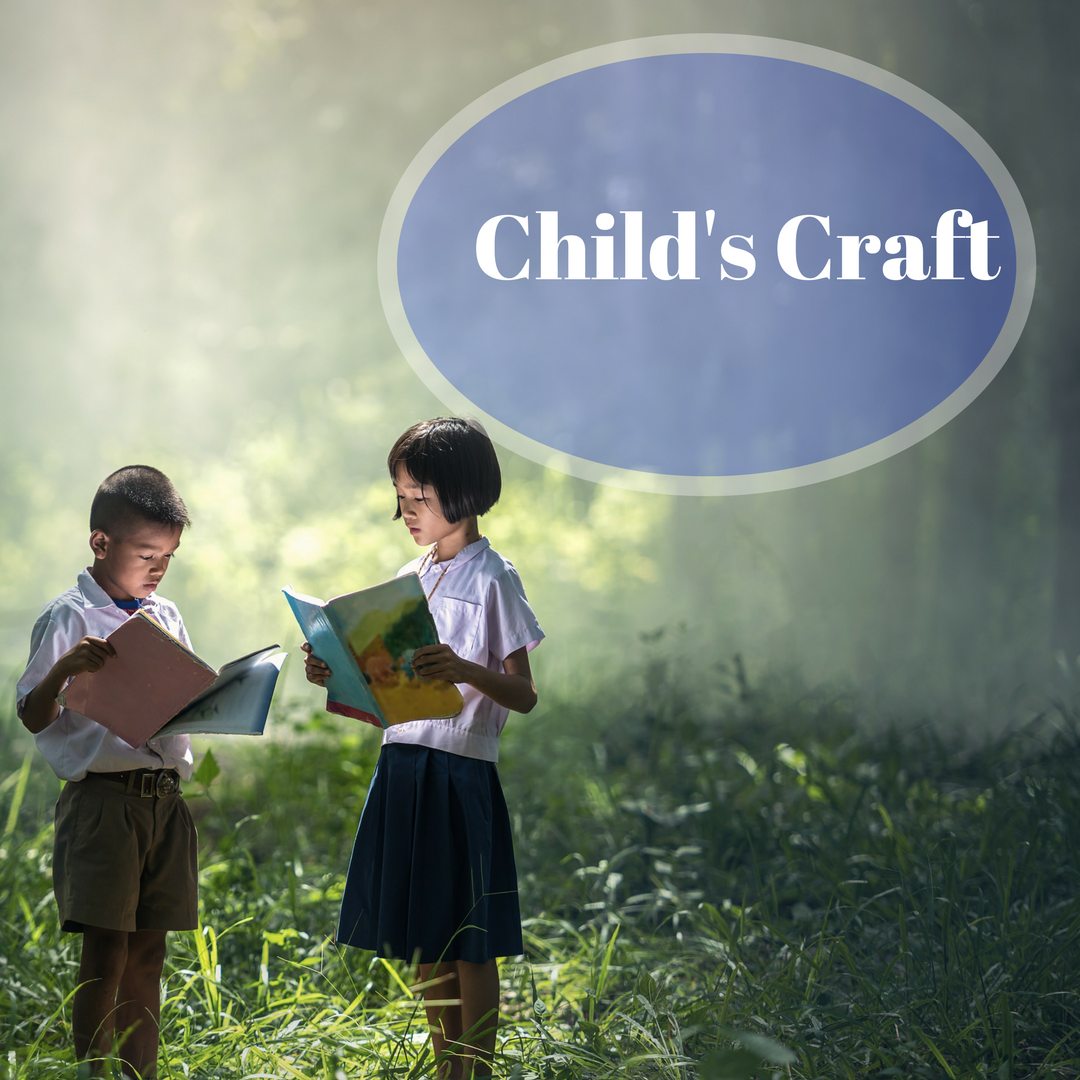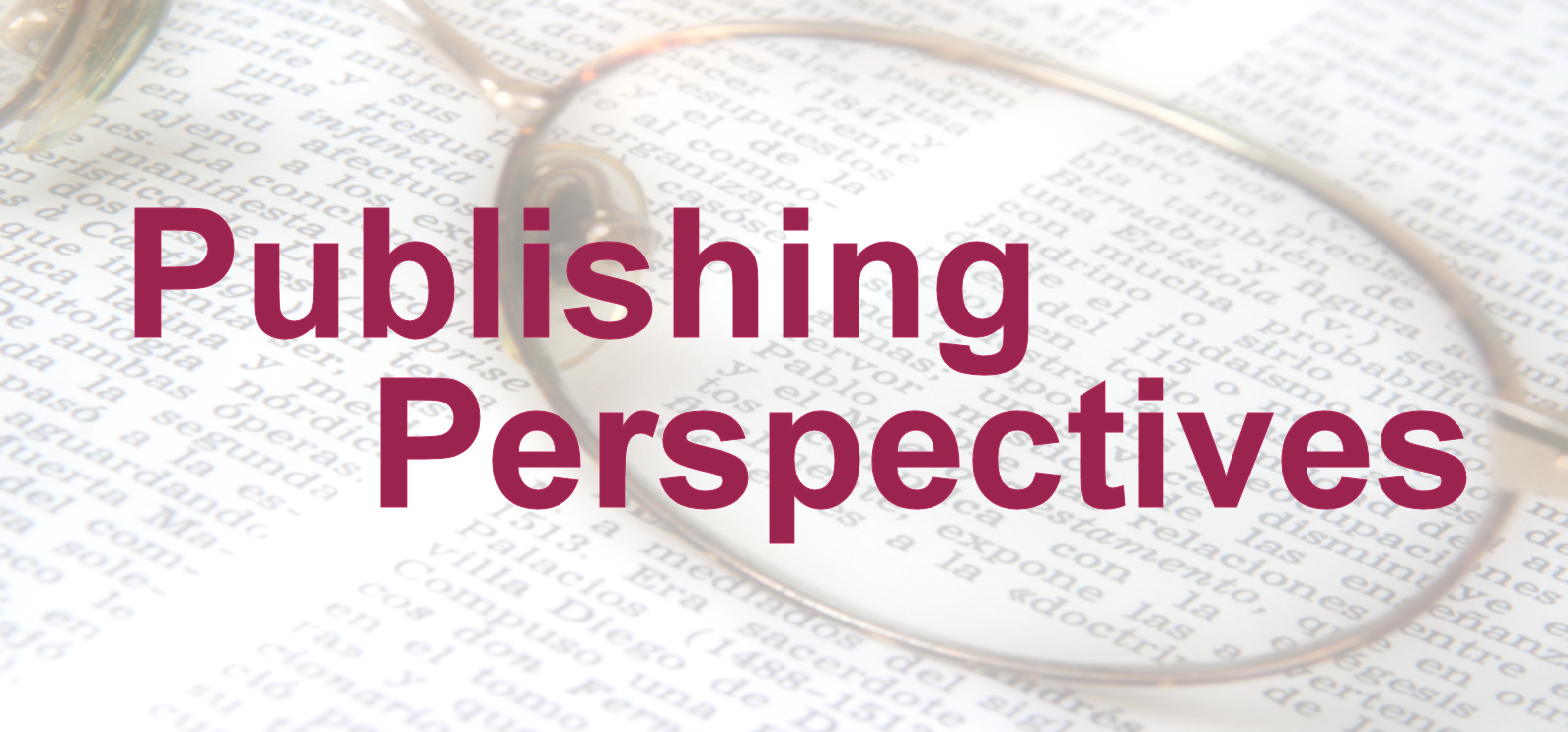
Make Your Proposal Stand Out
Recently I met one of my long-term friends, a publisher of a well-known book company. Speaking about how I…
January 26, 2023
Recently I met one of my long-term friends, a publisher of a well-known book company. Speaking about how I…
January 26, 2023
Literary agents and publishers are actively looking for authors and books to publish. Yet the reality is thousands of…
July 26, 2022
Writers are frequently encouraged to identify their target audience. However, we don’t always look at a target audience through…
November 24, 2021
Why do you write? How does what you write benefit others? Have you identified the purpose or ministry of…
October 24, 2021
For decades, I’ve been an editor meeting with authors and reading their book submissions. Many of these submissions are…
September 25, 2021
Does it seem to take FOREVER to get a brilliant (they all are!) book published for kids? Even as…
September 8, 2021
As you dive further into platform and branding it may be difficult to determine exactly what you want your…
August 18, 2021
Consider the following answer to “What do you do?“: “We’re a women empowerment company. We facilitate courses and events…
June 12, 2021
Most people judge a book by its cover. You put years of your work into a book. Therefore, it…
March 13, 2021
The biggest misconception that most authors have is that they need to have hundreds or thousands of dollars to…
August 31, 2020
A New Year always brings a chance to start over and begin in a new direction. This year (2020)…
January 25, 2020
Some movie scenes brand your brain with a message that never fades. One such scene, from The End of…
May 5, 2019
When I first started pursuing a career as a writer of the screenplays and began learning the craft, I…
January 4, 2019
A Quick Look at the Two Middle Grade: Age of readers: 8 to 12 or 13 Length of books:…
October 21, 2018
3-Step Plan for A SPEC-tacular Audience By now you have already noticed the play on words, and I’ll admit…It…
July 28, 2016
In last month’s column, I mentioned that an item of an Author’s Questionnaire from a publisher is the request…
February 3, 2016